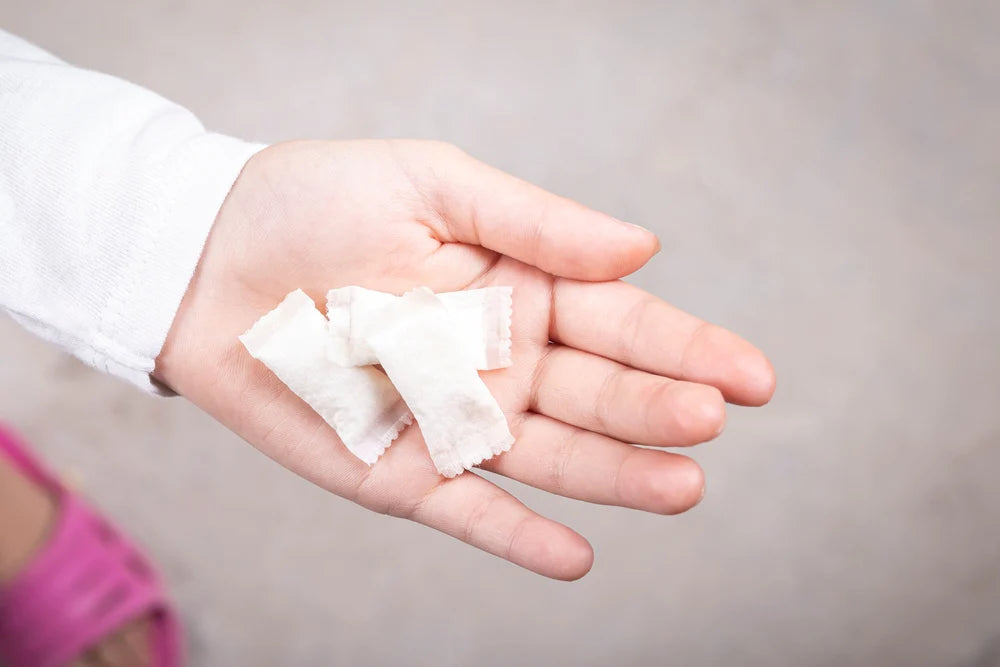Chewing bags are a tobacco product that originated in Scandinavia and have a long history there.
In this article, we want to explain how to extend the shelf life of chewing bags and why it's important to store them in the refrigerator. Additionally, we'll provide some tips on how to properly store large quantities of chewing bags and discuss the differences made by moisture content.
What Is in a Chewing Bag?
The ingredients are regulated under Swedish food law and are therefore strictly controlled. Traditionally, chewing bags are made from tobacco, salt, flavorings, and water. The tobacco comes from the tobacco plant and, unlike chewing tobacco, is ground rather than cut for chewing bags. Since tobacco naturally contains nicotine, chewing bags are a nicotine-containing product.
Chewing bags come in three categories: loose chewing tobacco, portioned chewing tobacco, and tobacco-free snus (so-called "All White Snus" or "Nicotine Pouches"). The oldest variety, Ettan OP, is still sold in loose form today. Additionally, when purchasing, you can choose between moist and dry portions. The Original Portion is moistened tobacco, while the White Portion has a dry surface but a moist content. The White Dry Portion is completely dry.
How to Properly Store Chewing Bags
To extend shelf life, chewing bags should be stored in the refrigerator at a temperature between 4 to 8 degrees Celsius. Since chewing bags are a moist product, they should be kept cool to prevent drying out.
If you want to store chewing bags outside the refrigerator, make sure to keep them in a cool location. Chewing bags should not be exposed to direct sunlight or excessive heat, as this can negatively affect their shelf life. In the refrigerator, loose chewing bags can typically be stored for up to 14 weeks, but you should always check the expiration date on the packaging.
Why Should Chewing Bags Be Stored in the Refrigerator?
Chewing bags can't mold due to the use of salt, but the moisture content can affect the experience of using them. When placed under the upper lip, the effect is released through saliva. If the product is already dried out, the taste and consistency can change. Additionally, the aroma can lose its strength over time and may not be as noticeable.
How Can You Extend the Shelf Life?
Storing chewing bags in the refrigerator is one way to extend their shelf life. Additionally, many users place the product in airtight plastic bags. If you buy a large quantity of chewing bags at once, you can even freeze them. Before using, you should place the product in the refrigerator for one to two days to thaw.
Why Do Chewing Bags Have an Expiration Date?
Like fruits and vegetables, chewing bags are subject to Swedish food law, which requires all ingredients to be listed and the product to have an expiration date. This is not only due to the product's moisture content but also because the ingredient salt can crystallize when stored too warmly.
How Long Are Chewing Bags Good For?
The shelf life naturally depends on the climate in which the chewing bags are stored. Additionally, the format of the chewing bags plays a role. Loose chewing tobacco can be stored in the refrigerator for up to 14 weeks because it is more moist than other variants. The Original Portion can be stored for up to 20 weeks. For the White Dry Portion and All White Portion, it can last up to 50 weeks since they are already somewhat dry from the beginning, thus lasting longer.


